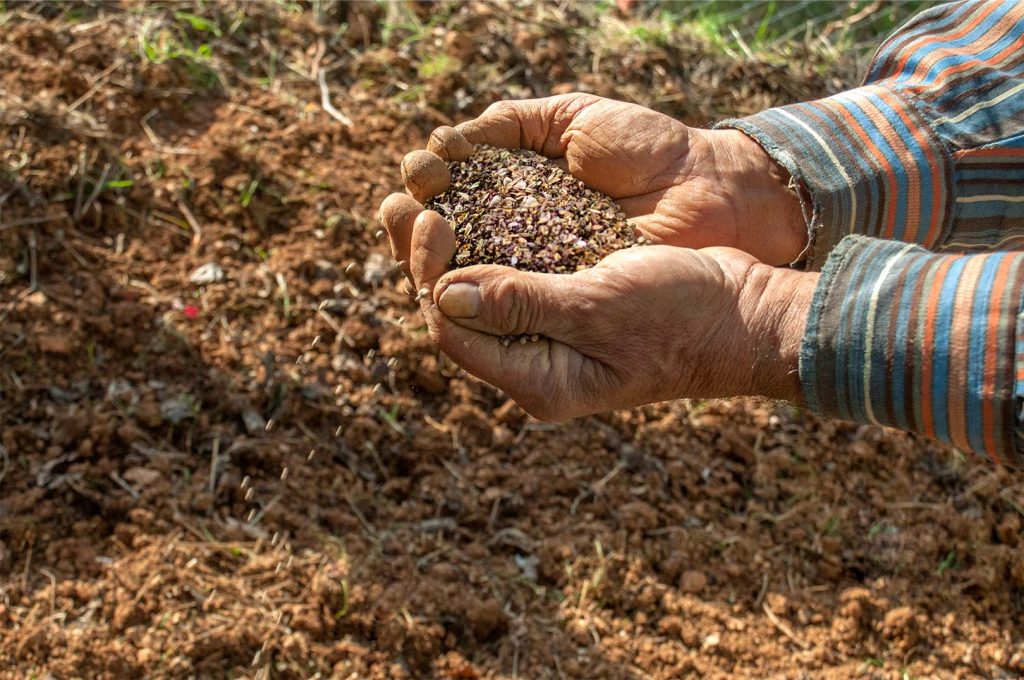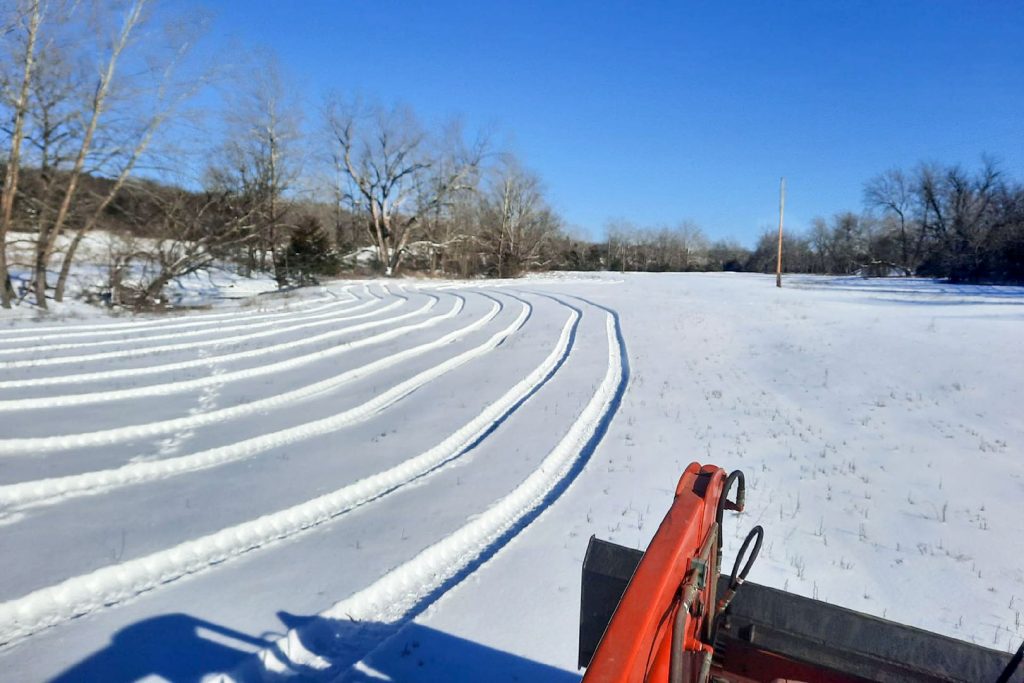
Fertilizer Truck or “Buggy” Seeding Guide
Table of Contents
For large plantings or if simultaneously fertilizing, it may make sense to utilize a fertilizer truck or a pull-behind fertilizer buggy. These are often available for rent from your local feed and fertilizer store. A fertilizer truck or buggy can be a great option for seeding because they are readily available, and the fertilizer plant will often mix the seed in with the fertilizer. the acreage, give them the seed, and have it mixed with either potash or lime which will act as a carrier. Then, all that is left is to just drive over the acreage, spreading seed and fertilizer along the way. These machines use a drag-chain type of dispersal which works well even with fluffy seeds that often bridge over the exit hole in other broadcast seeders.
Do I use any particular type of fertilizer or lime?
Pelletized lime is a favorite option here at Hamilton Native Outpost, however phosphate and potash are also options. It is best to avoid applying nitrogen fertilizer as it promotes top growth of weeds.
How much fertilizer or carrier do I use?
Unless the soil test for a native planting requires more, it is usually the case that only minimum amount of pelletized lime or fertilizer is applied. The minimum load is probably 50 lbs of pelletized lime or potash mixed with the seed because these machines are made for large volume spreading over acreage – typically one can ask whomever the buggy is rented from what the minimum capacity is.
Do I need to clean out the buggy or fertilizer truck ahead of time?
There are some fertilizers that are treated with chemical weed killers that can leave residue in the machine. This is obviously detrimental to the success of a native planting. It is very important to clean the truck or buggy before putting in the seed. Cleaning it will also reduce the likelihood of planting undesirable seeds left in the machine by a previous customer. If you are renting or hiring the work to be done, ask if this is a possibility.
Do I drive as if I am spreading fertilizer or lime?
No. When broadcasting seed, remember that the seed does not fly as far as the carrier; usually it is ideal to drive close enough to the last set of tire tracks that it is difficult to tell which tracks belong to each other (for example, if your equipment tires are 5’ apart, make the next pass 5’ from the last).
Some people even choose to set the seeding rate at half of the recommended amount and go over the acreage twice to ensure even coverage.
